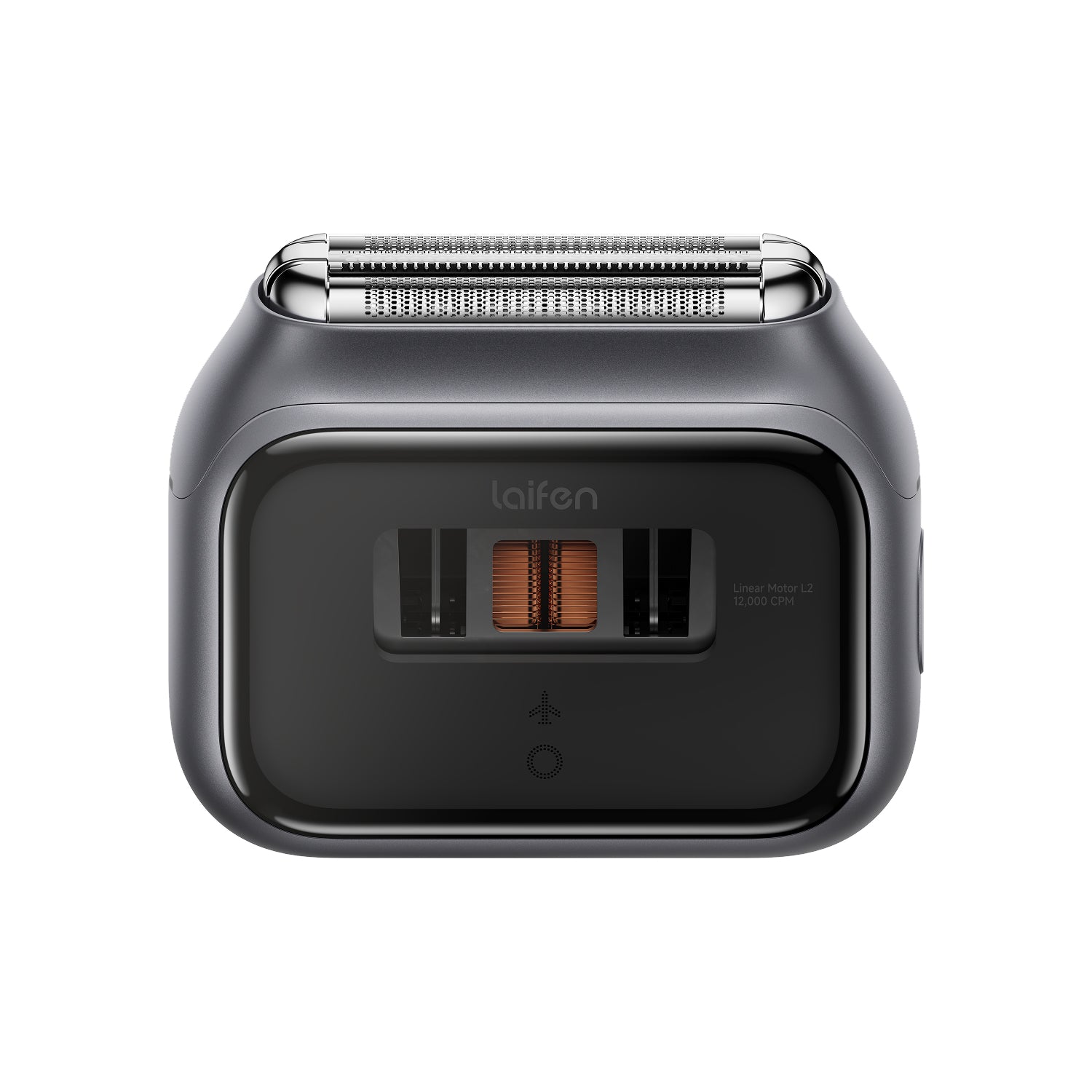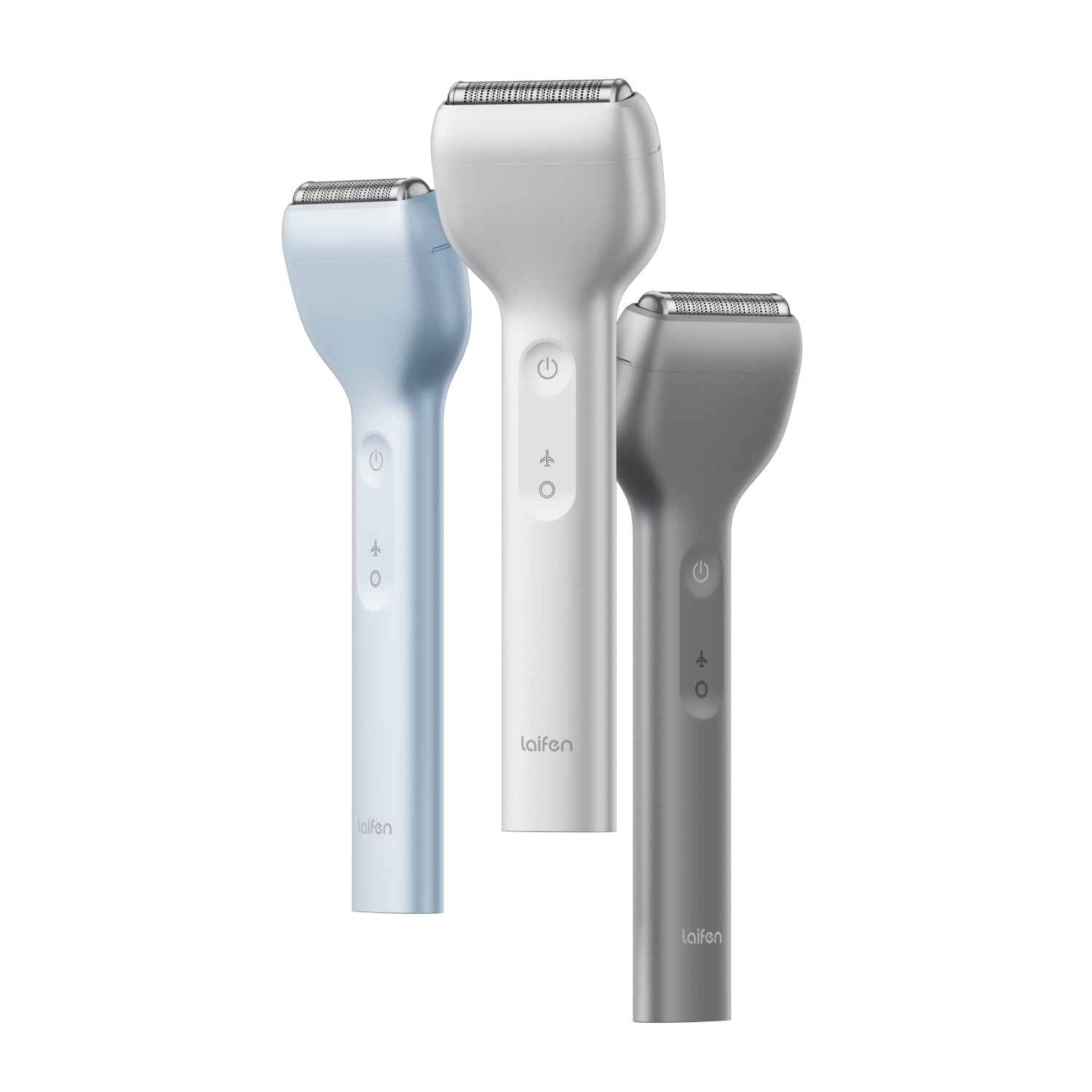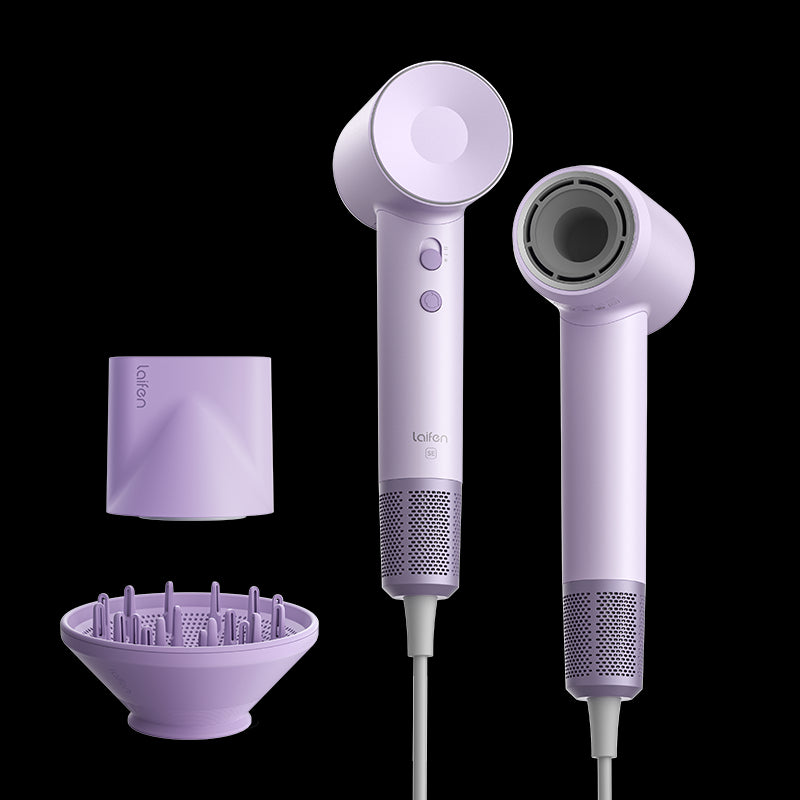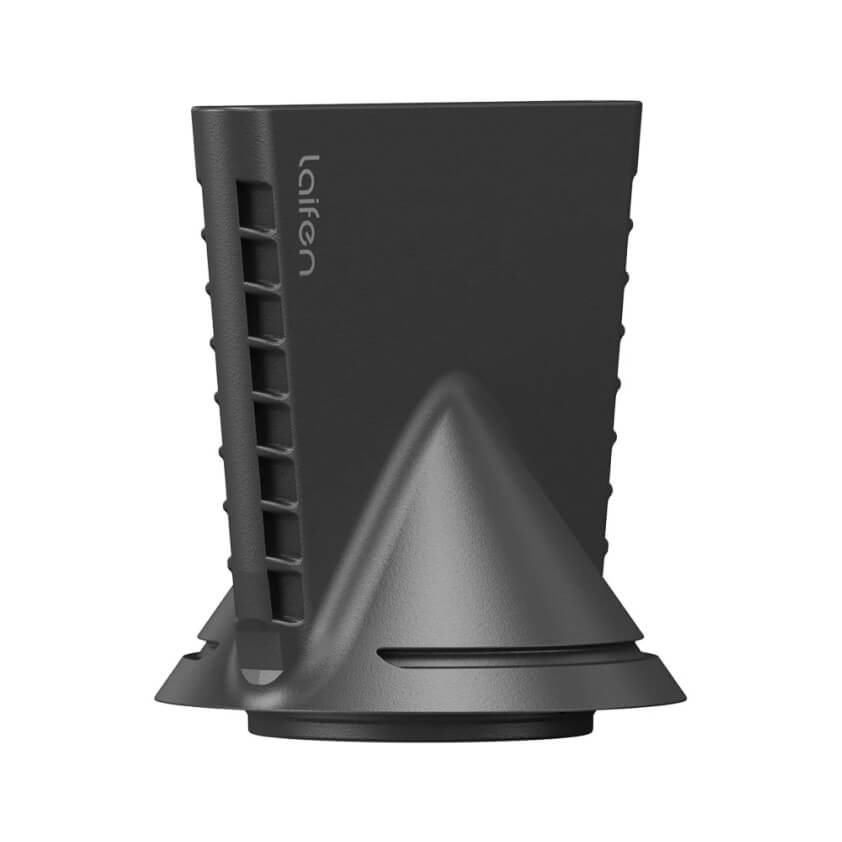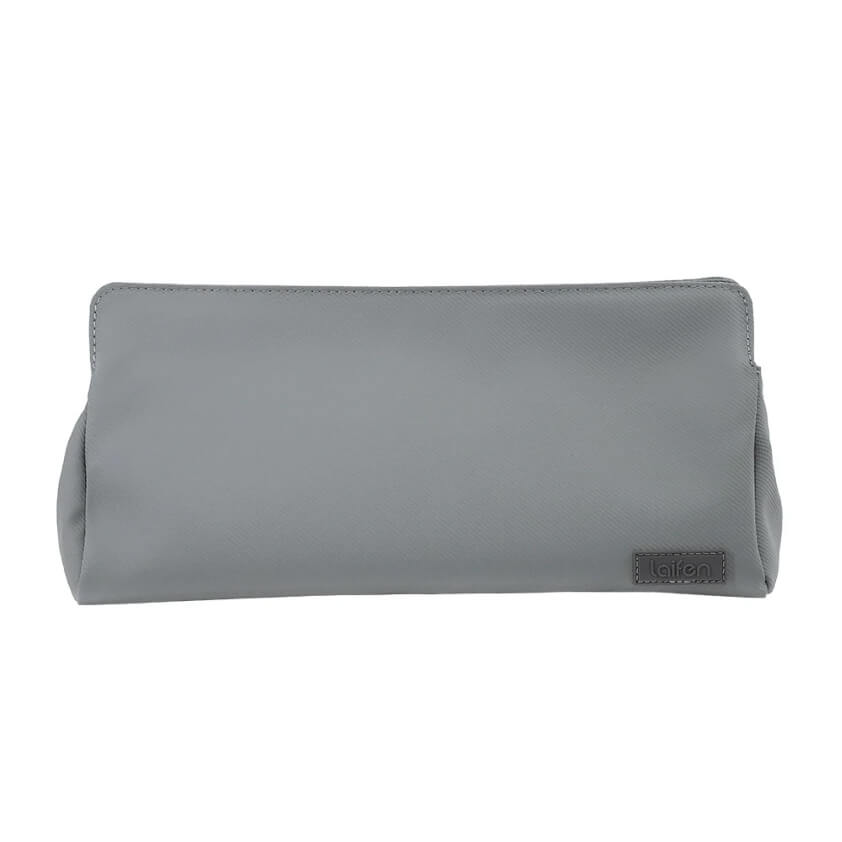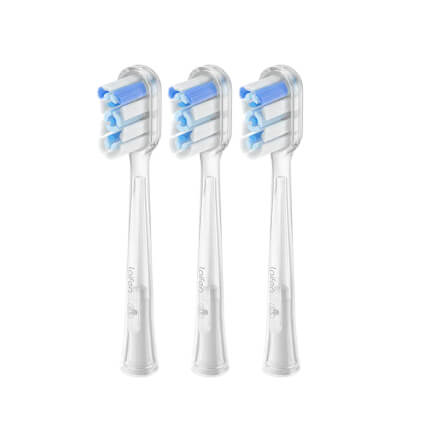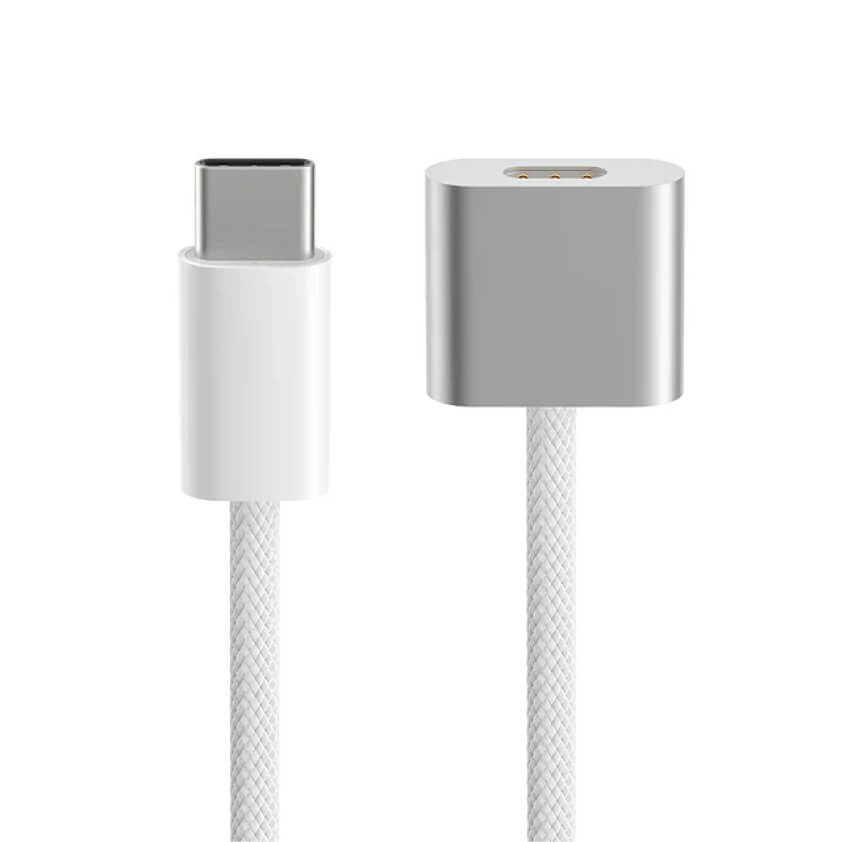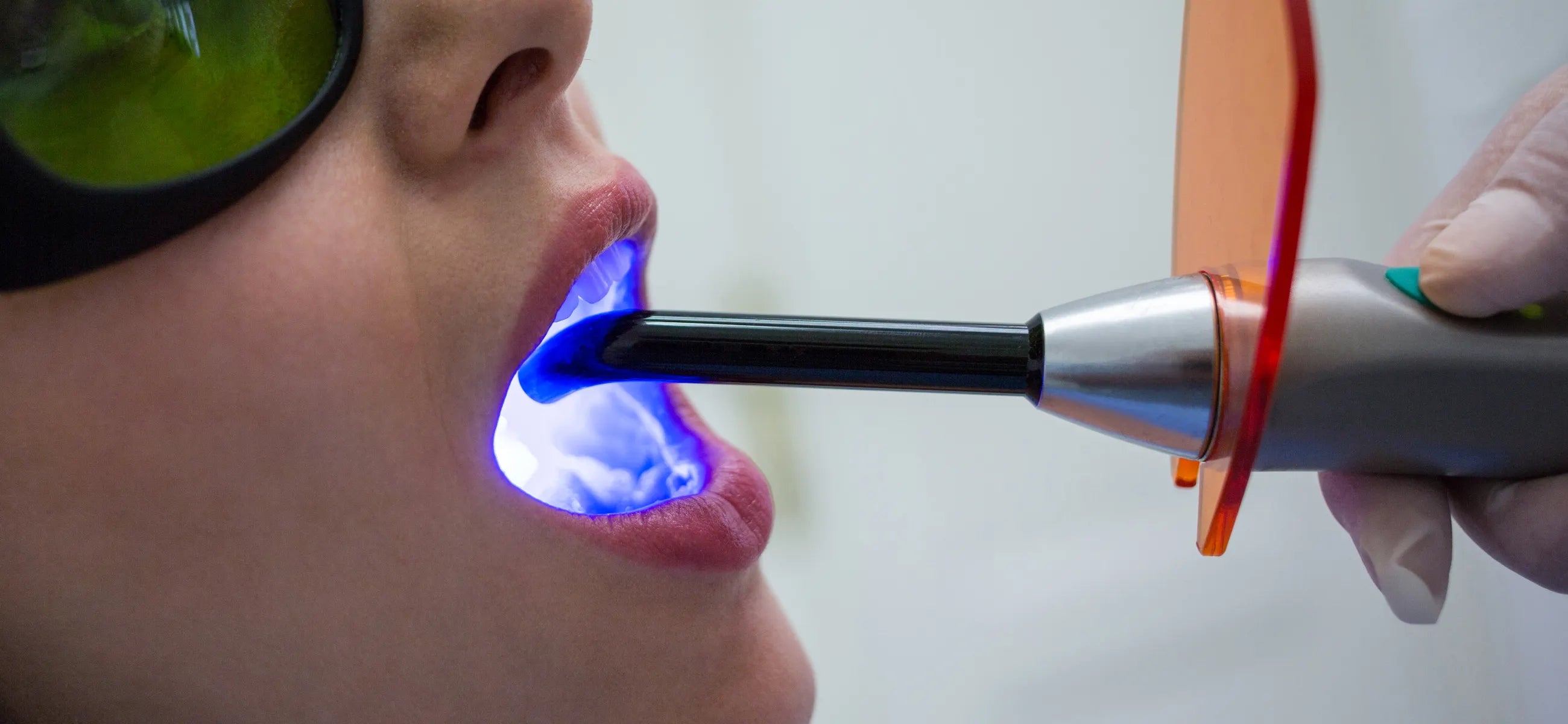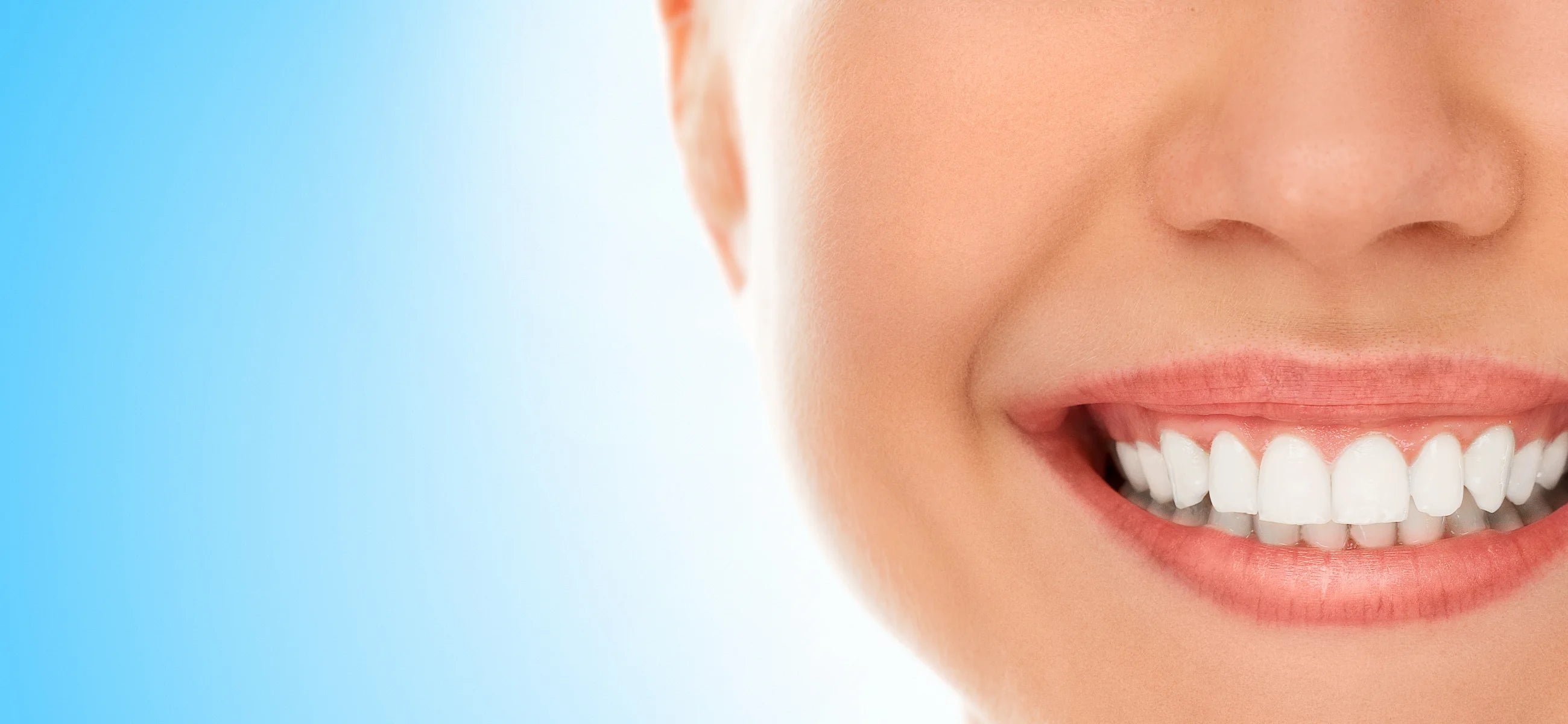
In this article
Though braces are deemed the most common option for straightening teeth, there are actually numerous ways to straighten your pearly whites. Each method has its own benefits and some are undoubtedly better than others. To help you decide, we run through five different ways to straighten your teeth and explain why you might consider each approach over the others.
Option 1. Braces
Braces are the obvious option when it comes to straightening your teeth, but there are several types of braces that you can go for:
-
Metal braces: These braces use stainless steel bands and brackets to wire your teeth together. They're the most commonly available type of brace and are usually the most affordable option.
-
Ceramic braces: Sometimes known as clear braces, ceramic braces work the same as metal ones, but with the added advantage of not being easily seen. They are slightly more fragile and costlier than metal braces, but are preferred by many people.
-
Lingual braces: Rather than sitting on the front of your teeth, lingual braces are attached to the back of your teeth, which is an option for people who want to hide the fact that they're wearing braces.
The best age to wear braces is between 4 and 14, but you can use them at any time of your life, depending on a recommendation from an orthodontist.
But how long do braces take to straighten teeth? Well, this really depends on how misaligned your teeth are. Usually braces need to be left in for 6 months to several years, and they will need to be shaped and changed over time.
Though widely available, you might not like the idea of using braces to straighten your teeth. So, how to straighten teeth without braces? Let's take a look at some alternatives.
|
Why braces? |
Why not braces? |
|
❎ Widely available and affordable |
❌ Unsightly |
Option 2. Veneers
Porcelain veneers are a way to straighten your teeth and improve your smile at the same time. They are thin, solid shells of porcelain that are fixed to the outside of your teeth to improve their appearance.
Veneers can actually be used for numerous reasons, including to improve the look of your teeth if you have stains or discoloration. Though they're not great for serious misalignment, veneers can help to create the appearance of straighter teeth, without requiring braces for actual realignment.
|
Why veneers? |
Why not veneers? |
|
✅ Improve the look and appearance of your teeth |
❌ Not suitable for seriously misaligned teeth |
Option 3. Retainers
For most people, retainers actually follow braces and are used to keep the newly aligned teeth in shape. However, it may be possible to skip the braces and opt straight for retainers if your teeth only need a minor adjustment.
The biggest benefit is that retainers are removable and they are much less noticeable than braces when they are in. You might also only need to wear them at night time.
|
Why retainers? |
Why not retainers? |
|
✅ They are removable and less conspicuous than braces |
❌ You usually need to use them after braces, not instead of them |
Option 4. Invisalign (clear retainers)
Invisalign has emerged as one of the leading ways to straighten teeth. They are aligners (similar to retainers) that are made of clear, durable plastic, that get to work and shapen your smile discreetly, without knocking your confidence.
To create the aligners, your dentist will take 3D impressions of your teeth and you will then need to wear the Invisalign aligners for 22 out of 24 hours in a day (only remove them for eating). After months of treatment, you should see impressive results.
|
Why Invisalign? |
Why not Invisalign? |
|
✅ They're a discreet way of reshaping your teeth |
❌ Invisalign treatment is expensive and not covered by insurance |
Option 5. Dental bonding
This relatively unknown procedure is where your dentist adds resin to the teeth in your mouth that need to be straightened. The resin is the same color as your teeth and it works by making your teeth look straighter than they actually are.
Dental bonding is fairly expensive and it is not a permanent procedure - depending on how well you look after your teeth, you might need to replace the resin after a period of around 10 years.
|
Why dental bonding? |
Why not dental bonding? |
|
✅ Like porcelain veneers, dental bonding improves the appearance of your teeth without actually straightening them |
❌ Dental bonding is not permanent, and you will need to add the resin again after 10 years |
How to straighten teeth at home - is it even possible?
You might be wondering how to straighten teeth naturally, given the cost and potential long-term discomfort associated with braces and other straightening techniques. But is straightening your teeth at home even possible, without the help of an orthodontist?
Ultimately, if you want to straighten your teeth, you need to opt for one of the procedures listed above. Braces are your best option, but you can also go for retainers, or Invisalign if you're looking for something more discreet.
The only thing you can do at home is to maintain healthy teeth and gums, which you can achieve by regular flossing. You should also brush your teeth 2-3 times every day with the Laifen Wave toothbrush, to keep your teeth healthy and in good shape.
The bottom line - how to get straight teeth?
You can choose one of several methods to get straight teeth:
-
Braces
-
Veneers
-
Retainers
-
Invisalign
-
Dental bonding
We recommend speaking to your dentist for a referral to an orthodontist, who will advise you on the best course of treatment. Some teeth straightening procedures might be covered on your insurance, so it makes sense to schedule that initial appointment to find out more.

